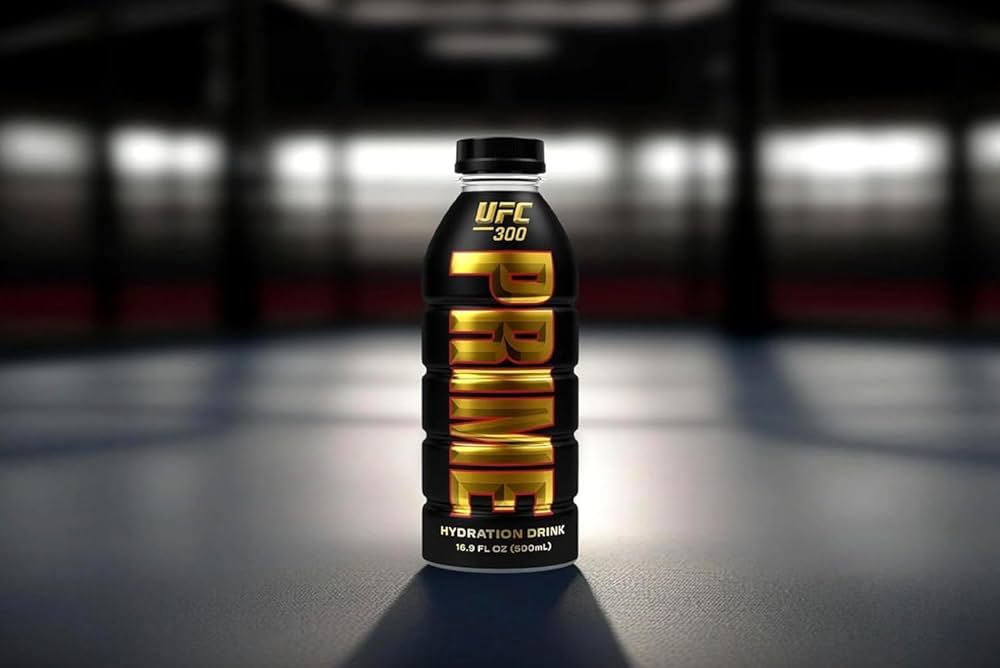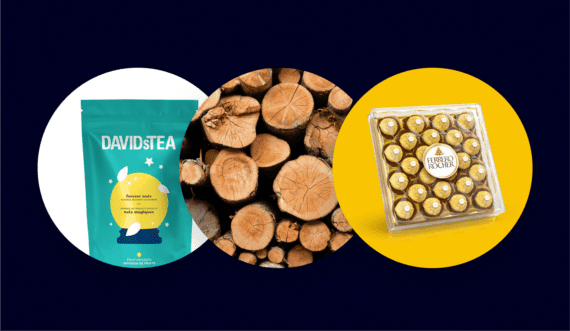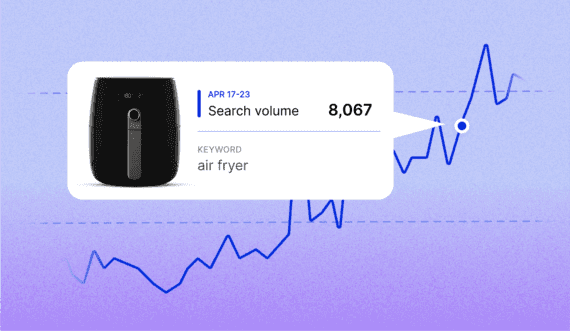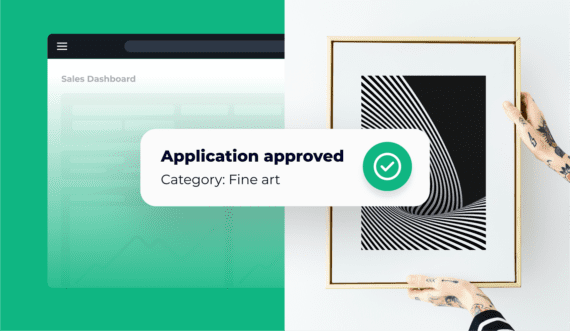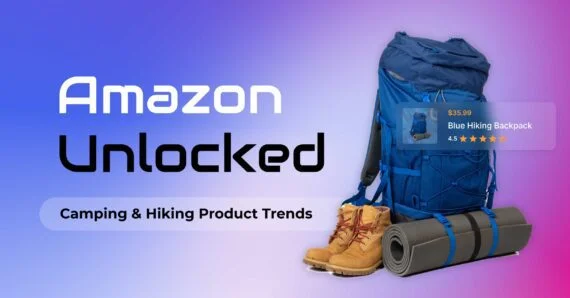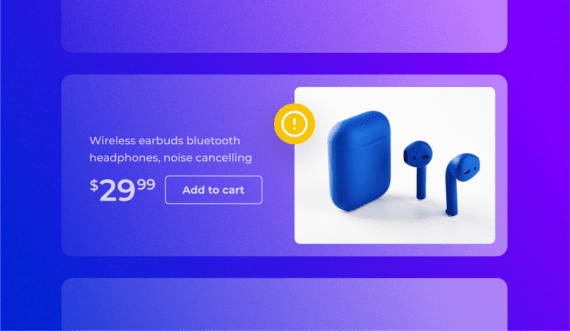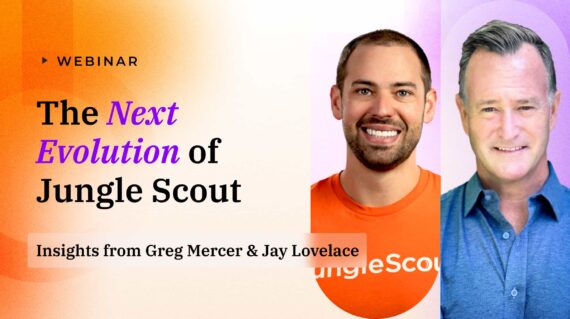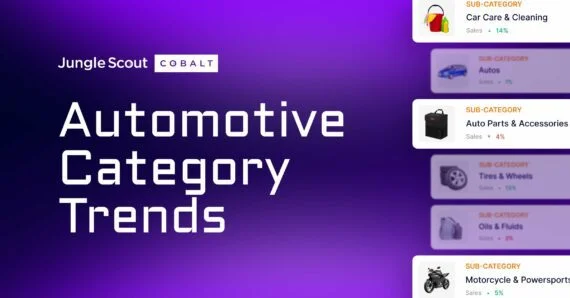Content
expand_moreThe beauty of the Amazon marketplace is that everyone can win, from small, single-person-run businesses to large, billion-dollar corporations and everyone in between.
With the power of social media over the last few years, certain influencers have launched their own products and sometimes offered them on Amazon.
As these influencer brands grow in popularity, a key question arises—how do they compare to big-name brands on Amazon and some not-so-name brands on Amazon?
Let’s explore the dynamics, advantages, and challenges each type of brand faces on the Amazon marketplace.
The rise of influencer brands
Influencer brands are the brainchild of individuals who have amassed large followings on platforms such as Instagram, YouTube, and TikTok.
These influencers leverage their personal brands and audience loyalty to launch products that resonate with their followers.
The appeal of these brands lies in their perceived authenticity, relatability, and the trust they’ve built with their audiences over time.
Unlike traditional big brands, which often rely on broad-reaching advertising campaigns and brand recognition, influencer brands thrive on organic content and niche marketing.
They cater to specific interests, lifestyles, and communities, offering products that are often seen as more personalized and relevant to their target audiences.

Prime Hydration, an influencer brand started by Logan Paul and KSI, partnered with UFC in January 2023. Prime has since become a billion dollar brand.
What’s crazier is that it ranks in the top 10 hydration drinks in terms of revenue on Amazon. Aside from the fact that both of these influencers have massive followings, this is simply impressive for a brand that just launched in 2022.

(Jungle Scout Cobalt data – hydration drinks, last 365 days)
Grow your Amazon market share with cutting-edge Competitive Intelligence.
Marketing strategies: Authenticity vs. authority
One key difference between influencer brands and big brands on Amazon is their marketing approach.
Big brands typically utilize substantial advertising budgets, sophisticated marketing strategies, and established brand authority to dominate Amazon search results and ad placements.
In contrast, influencer brands rely heavily on organic marketing, primarily through social media. Influencers promote their products directly to their followers, creating a sense of authenticity and trust that big brands often struggle to replicate.
One example is influencer Emma Chamberlain, who has 15 million followers on Instagram and 12 million subscribers on YouTube. She built a giant audience of loyal fans and launched a coffee company in 2019 that resonated with her.

This grassroots marketing approach can lead to rapid sales growth, especially if the influencer’s audience is highly engaged.

However, big brands have an edge when it comes to brand authority and advertising on Amazon. Their extensive resources allow them to outbid smaller competitors in Amazon’s pay-per-click (PPC) campaigns, securing top positions in search results.
Along with the name brand recognition, many customers will decide to purchase from a brand they’ve heard of before or have used in the past.

This visibility often translates into higher sales volumes, even if the product itself is not necessarily superior.
Later in this article, we’ll take a look at the Amazon search volume and market share data for Chamberlin Coffee.
Product development: Agility vs. R&D powerhouse
When it comes to product development, influencer brands, and big brands operate on different wavelengths.
Influencer brands are typically more agile, and are able to pivot quickly based on consumer feedback and trends. This agility allows them to bring products to market faster and adapt to changing consumer preferences with minimal delay.
Big brands, on the other hand, benefit from extensive research and development (R&D) departments.
They have the resources to conduct thorough market research, develop proprietary technologies, and ensure their products meet rigorous quality standards. This often results in products that are durable, reliable, and trusted by consumers.
However, the lengthy R&D process can slow down their response to market trends, allowing influencer brands to capitalize on emerging opportunities.
Customer loyalty: Community vs. familiarity
Influencer brands excel at building strong communities around their products. Their customers often feel a personal connection to the influencer, which fosters a sense of loyalty and repeat business.
This community-driven approach can lead to high levels of customer retention and word-of-mouth marketing, both of which are invaluable in a crowded marketplace like Amazon.
Big brands, however, benefit from brand familiarity and a long history of consumer trust.
Customers often choose these brands because they are tried and tested, and there is a certain comfort in purchasing from a well-known name. This brand loyalty can be harder for new influencer brands to compete with, especially outside of their established follower base.
Sales performance: Niche success vs. mass appeal
On Amazon, sales performance can be a mixed bag for influencer brands and big brands. Influencer brands often excel in niche markets where their products are highly relevant to a specific audience.
Their ability to connect directly with these consumers can lead to impressive sales figures, especially for niche or innovative products.
Big brands benefit from long-established customer trust, but influencer brands can cultivate deep loyalty through personal engagement and community building.
The personal connection between influencers and their followers can translate into repeat purchases and word-of-mouth marketing.
Challenges and opportunities for both
One of the biggest challenges for influencer brands is scaling. While they may achieve early success through their loyal follower base, reaching beyond that audience can be difficult.
Big brands face the challenge of staying relevant in an increasingly crowded marketplace. As consumers seek more personalized and authentic experiences, big brands must find ways to connect with customers on a deeper level, something influencer brands do naturally.
However, there are opportunities for both sides. Influencer brands can leverage Amazon’s platform to reach a broader audience beyond their social media following, while big brands can adopt more personalized and community-driven marketing strategies to enhance customer engagement.
Influencer brand vs. name brand: Amazon sales
Let’s take a look at the Amazon sales for Chamberlain Coffee mentioned above versus some of the big name coffee brands.
Chamberlain Coffee
For an influencer brand that launched on Amazon in mid-2022, these are impressive numbers to see on Amazon. In the past 365 days, Chamberlain Coffee has generated $2.8 million in sales and is continuing to grow on Amazon.

(Jungle Scout Cobalt data)
Emma Chamberlain introduced her brand to her massive social media audience, which likely gave her the boost in sales and initial reviews needed. However, the brand is continuing to grow as its Amazon sales strategy improves.

For a small Amazon brand launched by an influencer, 34% growth over a 12 month period is encouraging to see in the competitive coffee market on Amazon!
All of Chamberlain Coffee’s listings featured high-quality images and infographics, optimized listing copy, quality A+ Content, and they have an Amazon store to tie it all together. Not to mention, the products are highly-rated with lots of reviews.

And here is what the A+ Content looks like.

It features a video, brand story, information about the product itself and some background about where the product is sourced from.
Peet’s Coffee
Let’s now take a look at a very well known brand in the coffee industry for decades, Peet’s Coffee. They have both brand recognition and customer loyalty as this brand is offered everywhere, from grocery stores, local shops, and online.

Unsurprisingly, Peet’s Coffee does big numbers on Amazon — over $160 million in sales in the last 365 days. Most big name coffee brands are likely doing similar numbers, if not more, on Amazon.

(These sales numbers do not include every subcategory Chamberlain Coffee sells in, just ground coffee.)
In Jungle Scout Cobalt, I created a segment with some of the top brands in the coffee category, including Chamberlain Coffee. You can see that Chamberlain Coffee is taking just a tiny sliver of the coffee market on Amazon, a market that is dominated by giant corporations.
While it is obviously possible to compete within the market and make millions in sales, you will unlikely become the next Starbucks if you enter this market, influencer or not.
Can influencers compete against big brands on Amazon?
Absolutely, as long as the products are of good quality and the Amazon strategy is competitive.
For such a competitive category on Amazon, Chamberlain Coffee was able to take a small sliver of the market share.
While having a large audience helps spread the word and drive sales, quality products, and marketing help the brand grow even further and reach a wider audience on Amazon.
Final thoughts
When launching a brand on Amazon, it is important to understand the size of the market and the big players within it, such as coffee. Coffee is a massive market with many large players, so entering a more niche market with a unique way to advertise and market your brand is more appealing.
Influencer brands excel in authenticity, niche marketing, and community building, while big brands benefit from authority, mass appeal, and extensive resources. As the ecommerce landscape continues to evolve, it’s likely that we’ll see more collaboration and crossover between these two worlds, leading to a richer and more diverse marketplace for consumers.
Grow your Amazon market share with cutting-edge Competitive Intelligence.
Brian Connolly is an Amazon seller, ecommerce expert, and writer for Jungle Scout. He lives in the New Jersey Shore area with his wife and cat. When he isn’t writing advice online for aspiring and experienced Amazon sellers for Jungle Scout, he spends his free time boating, fishing, and selling boating-themed items on his Amazon business.

